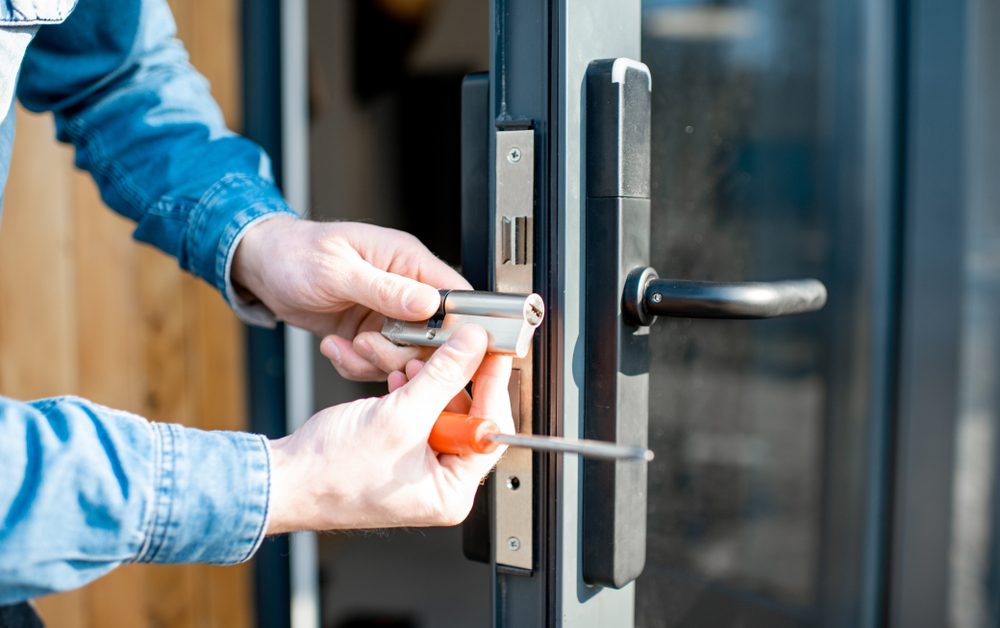In the past, clients and consumers were wary of businesses operating from their homes. Knowing this, many home business owners sought ways, many of which were expensive, to hide the fact they worked at home. They’d obtain a box at a local mail store and hire an answering service.
Today, home-based businesses are normal and only a few clients or consumers question it. Further, the options to create a professional identity have become more affordable.
Setting Up Your Business Address and Phone
Before determining your address and phone, you should decide your business name. Once you know your name and how you plan to set up your business structure (i.e. sole proprietor or LLC), you’ll need to decide on your address and phone. You’ll use this contact information on your business license and other official business documents. You’ll also put it on your business cards, contracts, and other marketing tools.
Business Address Options
Today it’s not considered unprofessional to use your home address; however, you may want to protect your privacy. Your address will be used in many documents and online, and you may not want that to be public knowledge. For example, the CAN-SPAM law requires that your address is in all your emails.
There are two options if you’d like a different address. One is to open a post office box with the US Postal Service. The second is to get a box at a local mail store, such as a UPS store. PO boxes are considerably less expensive than private mailboxes.
However, your decision may in part depend on the image you’re trying to project for your business. Some prospects may view your use of a PO box address for your business as meaning it’s small or not fully established, or that you operate a “fly by night” company from your garage. The mail store option can give the appearance of a business with a physical address, that might make some consumers more at ease working with you overseeing a P.O. Box. With a mail service, your address is the mail services address plus your box number. For example, 123 Elm Street, #123. This looks more like a location than P.O. Box 123.
Business Phone Options
Even online businesses need a phone. While your clients or customers may not call you, you’ll need it for other reasons, such as for the services you use (i.e. web hosting). Many home business owners start off using their current phones, but there are several advantages to setting up a business line.
- You can keep business and personal separate. When your phone rings, you don’t want to worry that your child is answering a client call. When a business line rings, you know it’s business, and when your personal phone rings, you know its personal.
- Phone related tax deductions are easier to track. The IRS doesn’t like the comingling of your personal and business accounts. If you use your personal phone, you can only deduct the direct business expenses.
Landline Options
Before cell phones, having a business phone was fairly limited. You could either add a second number (distinctive ring service) to your existing phone or have a second line added to your home. The latter option is more expensive, but it is also entirely deductible on your taxes. Using your existing line, you can only deduct business-related services (i.e. distinctive ring).
Cell Phone Options
Today, having a cell phone is easy and allows you to be accessible when you’re not in the office (which can be a good or bad thing depending on how much you work). Like your landline, you can get a business number added to your existing phone service, or use an online service to create a business line that forwards to your cell phone.
Other Business Phone Options
- Buy a prepaid wireless plan that allows you to pay as you go, instead of committing to a plan.
- Use a virtual telephone service, like Grasshopper. Using this option you can establish either a local phone number (available in most areas) and/or a virtual toll-free number for your home business.
Faxing
Whether or not you need a separate fax line strictly depends on your volume of faxes sent and received. You can set up a fax line on your landline using your phone company’s distinctive ring or set up a business line. You can set up a business line that has a distinctive ring for your fax.
Another option is to use a virtual phone system such as Grasshopper.
However, the Internet has made faxing a little bit easier because now you can scan and email forms.
Long Distance Calling
Long-distance calls used to be a big expense for some home business owners. During the early 2000s, long-distance companies were vying for consumer business by offering big deals and low rates. But since the creation of unlimited long-distance with a single fee, most people have opted for that option. This has brought down long-distance call expenses for home business owners.
The challenge is using your existing line to make long-distance calls. You’d need to track which calls were for business, calculate the percentage of calls that were business to personal, and then multiply that percentage by your long-distance costs to determine your tax deduction. Instead, if you use a different business line, you can deduct the entire cost of the line. Or, another option is to use pre-paid long-distance calling cards for business.








Add Comment